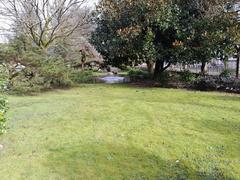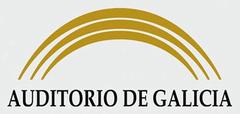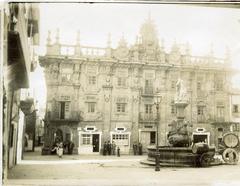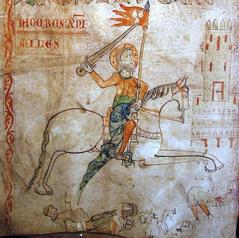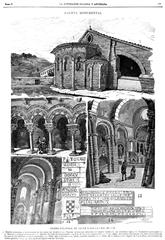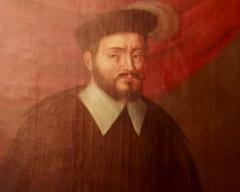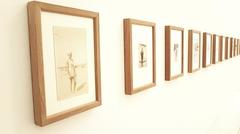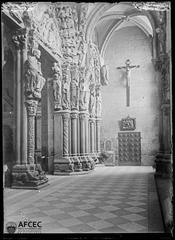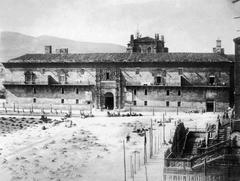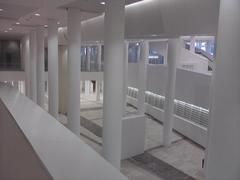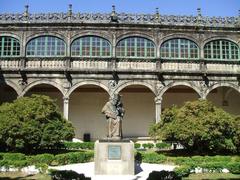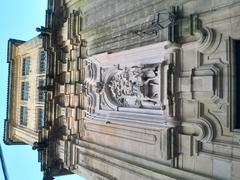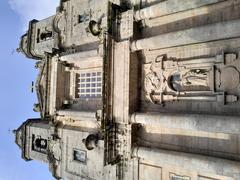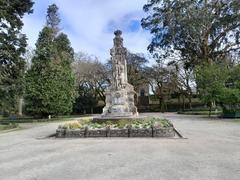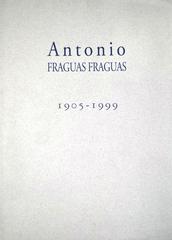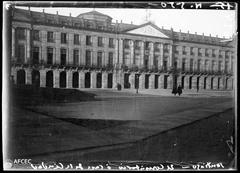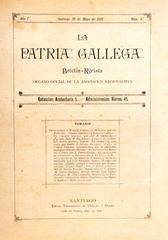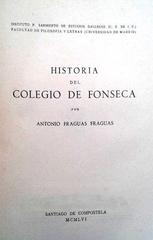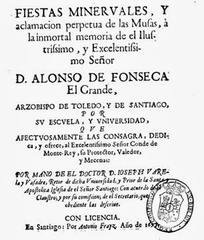
Colexio de San Clemente: Visiting Hours, Tickets, and Guide to Santiago de Compostela’s Historic Landmark
Date: 04/07/2025
Introduction
The Colexio de San Clemente de Pasantes is a distinguished monument in the heart of Santiago de Compostela, representing centuries of Galician academic, religious, and architectural heritage. Founded in the early 17th century, it has played a central role in the city’s educational landscape and remains an architectural gem within the UNESCO-listed historic center (Pilgrim.es; O Colexio San Clemente de Pasantes, PDF). This guide covers its history, architecture, cultural significance, practical visiting information, and tips for enhancing your experience at this storied site.
Historical Overview
Foundation and Educational Mission
Established in 1601 by Archbishop Juan de San Clemente y Torquemada, the Colexio de San Clemente was conceived as a postgraduate institution for theology graduates, supporting the Council of Trent’s directive to improve clerical education. It was unique in offering scholarships and accommodation to “pasantes” (postgraduates), distinguishing itself from other collegiate foundations in Santiago de Compostela (O Colexio San Clemente de Pasantes, PDF; Pilgrim.es). Academic activity began in 1630, following the completion of its purpose-built premises.
Academic Rivalry and Legal Struggles
The Colexio de San Clemente engaged in a protracted rivalry with the neighboring Colexio de Fonseca, vying for the prestigious “Colegio Mayor” status within the University of Santiago de Compostela. This competition led to legal disputes that lasted over a century, ultimately resulting in the exclusive award of the title to Fonseca by royal decree in 1730 (pt.wikipedia).
Architectural Development
Constructed between 1607 and 1609 under the direction of architect Ginés Martínez, with engineers Jacobo Fernández and Leonel de Avalle, the building is a prime example of Galician Mannerist architecture, later influenced by early Baroque elements. Its two-story rectangular plan encloses a tranquil central courtyard, featuring granite masonry, arcaded galleries, and classical proportions (Santiago Turismo; ArchDaily).
Later Uses and Transformation
The Colexio flourished in the 17th and 18th centuries, supporting advanced students and contributing to ecclesiastical and academic life. However, the Peninsular War and subsequent political changes led to its closure in 1809. The building then hosted several public institutions, including the Real Sociedad Económica de Amigos del País, the Archaeological Museum, and the Faculty of Law (Santiago Turismo). In the 20th century, it became known as the “instituto femenino” under Francoist Spain, and today, it houses the IES Plurilingüe Rosalía de Castro, serving nearly 1,000 students (IES Rosalía de Castro).
Architectural and Artistic Significance
Façade and Structure
The Colexio exemplifies early 17th-century Galician civil architecture, with a restrained façade in local granite, symmetrical lines, and minimal ornamentation. The Baroque main entrance, modeled after the neighboring Colexio de Fonseca, is marked by semicircular arches and heraldic shields (Minube; ArchDaily).
Courtyard and Internal Spaces
A defining feature is the central courtyard (cloister), surrounded by arcaded galleries and double Tuscan pilasters. This layout fosters a contemplative environment and efficient circulation, reflecting the collegiate tradition.
Chapel and Interior
Though the original chapel’s vault no longer survives, its orientation and function remain visible. The grand staircase, inspired by the Monastery of Celanova, is among the preserved original interior elements. Decorative details such as geometric motifs, heraldic carvings, and commemorative inscriptions reinforce the building’s dual religious and academic mission (O Colexio San Clemente de Pasantes, PDF).
Cultural and Educational Legacy
The Colexio de San Clemente was pivotal in shaping the intellectual and spiritual landscape of Santiago de Compostela, fostering advanced theological study, and producing notable alumni influential in Galician and Spanish life. Its continuous adaptation—from college to museum to secondary school—underscores its longstanding educational relevance (Pilgrim.es).
Visitor Information
Visiting Hours & Tickets
The Colexio currently functions as an active educational institution, so it is not open for regular public tours. However, the exterior can be viewed and photographed from surrounding public streets at any time. Special guided tours or access during cultural events may be arranged; check with the Santiago Tourism Office or the school’s official website for updates.
- Standard visiting hours: No set public hours; exterior viewable at all times.
- Tickets: Not required for exterior viewing. Special events with interior access may have separate arrangements.
Accessibility
The building’s exterior and courtyard are accessible from public streets. For visitors with mobility needs, contact the local tourism office for the latest accessibility information.
How to Get There
- On foot: Around 10 minutes from the Cathedral and historic center.
- By public transport: Buses stop near Alameda Park, adjacent to the Colexio.
- By car: Limited nearby parking; public transport or walking is recommended due to historic center restrictions.
Nearby Attractions
- Cathedral of Santiago de Compostela: The iconic pilgrimage destination and World Heritage Site.
- Alameda Park: A scenic urban park for relaxing walks.
- Colexio de Fonseca: Another historic college with significant architecture.
- Museo do Pobo Galego: Museum of Galician culture, a short walk away.
Tips for Visitors
- Plan your visit to coincide with cultural events or local festivals for special access.
- Combine with a walking tour of historic Santiago and nearby sights.
- Respect the school’s educational activity—interior visits require permission.
Frequently Asked Questions (FAQs)
Q: Can I visit the interior of the Colexio de San Clemente de Pasantes?
A: Interior access is generally restricted. Special guided tours may be available during cultural events; check with local tourism offices.
Q: Are there any entrance fees?
A: There is no fee to view the exterior. Guided tours or event access may have separate arrangements.
Q: Is the building wheelchair accessible?
A: The exterior is accessible; interior accessibility varies. Contact local tourism services for details.
Q: What are the best times to visit?
A: Spring and autumn are recommended for pleasant weather and active cultural programming.
Q: How do I get more information?
A: Consult the Santiago Tourism website or IES Rosalía de Castro for up-to-date information.
Visual Gallery
Enhance Your Visit: Local Experiences and Travel Tips
Santiago de Compostela’s historic core is alive with student life, traditional music, and Galician gastronomy. Enjoy local specialties—such as Tarta de Santiago—at nearby cafes, and immerse yourself in the city’s vibrant atmosphere. The Colexio is well-placed for exploring the city’s UNESCO-listed monuments and authentic local culture.
Summary and Visitor Tips
- Historical importance: Founded in 1601 for advanced theological education, with a rich legacy in Galician academic and religious history (Pilgrim.es).
- Architectural highlight: Early Galician Mannerist style with later Baroque features; notable courtyard and preserved grand staircase (ArchDaily).
- Current use: Active secondary school (IES Plurilingüe Rosalía de Castro); public access limited to exterior viewing.
- Visiting tips: Plan ahead for special tours, combine with nearby sites, and check for local events.
- Best source for current access: Santiago Turismo, IES Rosalía de Castro.
Sources and Further Reading
- Pilgrim.es – Colexio de San Clemente de Pasantes
- O Colexio San Clemente de Pasantes, PDF
- ArchDaily – Santiago de Compostela Architecture Guide
- Santiago Turismo – Colexio de San Clemente
- IES Plurilingüe Rosalía de Castro – Official Site
- Minube – Colexio San Clemente de Pasantes
For additional visitor assistance or to arrange a guided experience, consult the official Santiago Tourism website. To enhance your trip, download the Audiala app for personalized tours and real-time updates.


